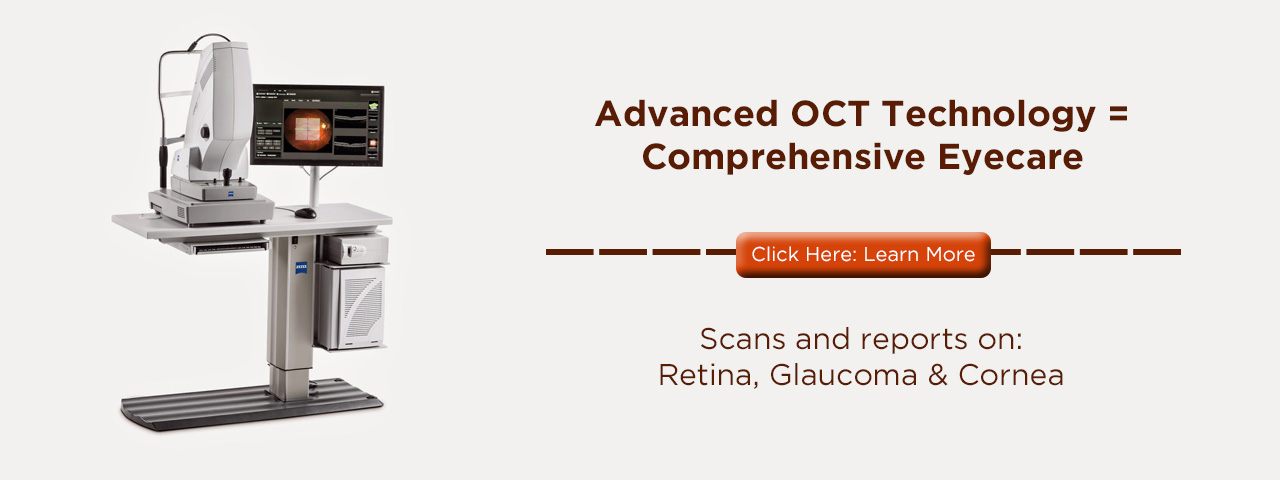Have you ever wondered what 20/20 eyesight truly means? 20/20 vision is a term to describe a normal level of clarity of vision (visual acuity) determined from a 20 feet distance. In other words an individual with such eyesight will be able to see an object clearly at a distance of 20 feet that most individuals are expected to be able to see from that distance.
For those who cannot see at 20 feet away, the number is designated based on where they begin to see clearly in relation to the norm. As an example, if your acuity is 20/100 that indicates that at 20 feet you can only see an object that the standard would see from 100 feet distance.
It's also possible to have vision that is better than 20/20. For example someone with 20/10 vision can see sharply at 20 feet what most can only see at 10 feet distance. A number of animals have more acute eyesight in comparison to what humans are capable of. A hawk for instance can have 20/2 eyesight, designed for locating prey from great heights.
Most eye doctors use some form of the Snellen eye chart, designed by Dutch eye doctor, Herman Snellen in the 1860's, to perform a vision exam. While today there are quite a few variations, the chart generally has eleven rows of capital letters which get smaller in size as they move downward. The top of the chart usually shows one capital letter - ''E'' and gradually includes more letters as they get smaller. During the vision test, the optometrist will examine which is the line with the smallest lettering you can make out. Each line is assigned a distance, with the 20/20 row usually being assigned forth from the bottom. For young children, illiterate or handicapped persons who can not read or vocalize letters, a different version of the chart is used called the ''Tumbling E''. At the same scale as the standard Snellen chart, this version is composed of only the uppercase letter E in different rotations. The person being tested uses their hand to show which direction the ''fingers'' of the E are pointing: right, left top or bottom. In order for the results to be accurate the chart should be positioned 20 feet away from the patient's eyes.
Despite common perception, 20/20 eyesight does not indicate a person sees perfectly but only that their distance vision is normal. There are a number of other necessary elements that contribute to your overall vision such as peripheral vision, depth perception, color vision, near vision and focusing and coordination between the eyes amongst others.
It's important to remember that even though an eye exam with a Snellen chart can determine whether you need eyeglasses to see clearly at a distance it will not give the optometrist a full picture of your overall eye health. You should still book a yearly comprehensive eye exam which can identify any more serious conditions. Contact our office today to book an eye exam in Fayetteville, NC.

